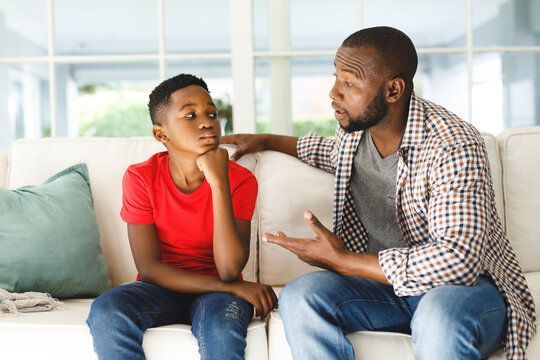It’s all over the news and social media. Tens of thousands of people have shown up to protest over the killing of George Floyd, over numerous incidents of police brutality and over the systemic racism that is pervasive in this country. There are growing demands to have racism recognized as a public health emergency. Hatred, bigotry and violence are happening on a massive scale.
If you’re not already talking to your children about race and racism, you should. Start now. It’s not too late. It is that important.
There are a lot of reasons parents don’t talk to their children about this. Some believe that by not talking about it, they are protecting their children from exposure to hurtful and ugly ideas. Some are so troubled by their own past experiences and discomfort that they cannot bring themselves to talk about it with anyone. Many want to say something but just don’t know what to say or how to start talking about it. Others worry that they will be opening a Pandora’s box that they aren’t prepared to deal with.
Keep this in mind – if your children aren’t learning about this from you, they will learn about it from someone else, and when they do, you have no control over what they will hear. When you start the conversation, you take the reins in teaching your children your values, your perspective on what is right and wrong and your expectations on how to respond when they encounter racism in other parts of their lives (which eventually they will).
At all age levels, the best way to start the discussion is by listening. Listen to your children when they are talking with members of the family, when they interact with friends and neighbors and when they are playing. What are they saying? How do they respond to or talk about people who are different?
The next step is to ask them what they’ve heard. What have they heard about what has been happening in the world? What have they heard from their friends? What have they seen or heard on TV, on the internet or on social media? What have they seen happening to people around them? What have they experienced firsthand?
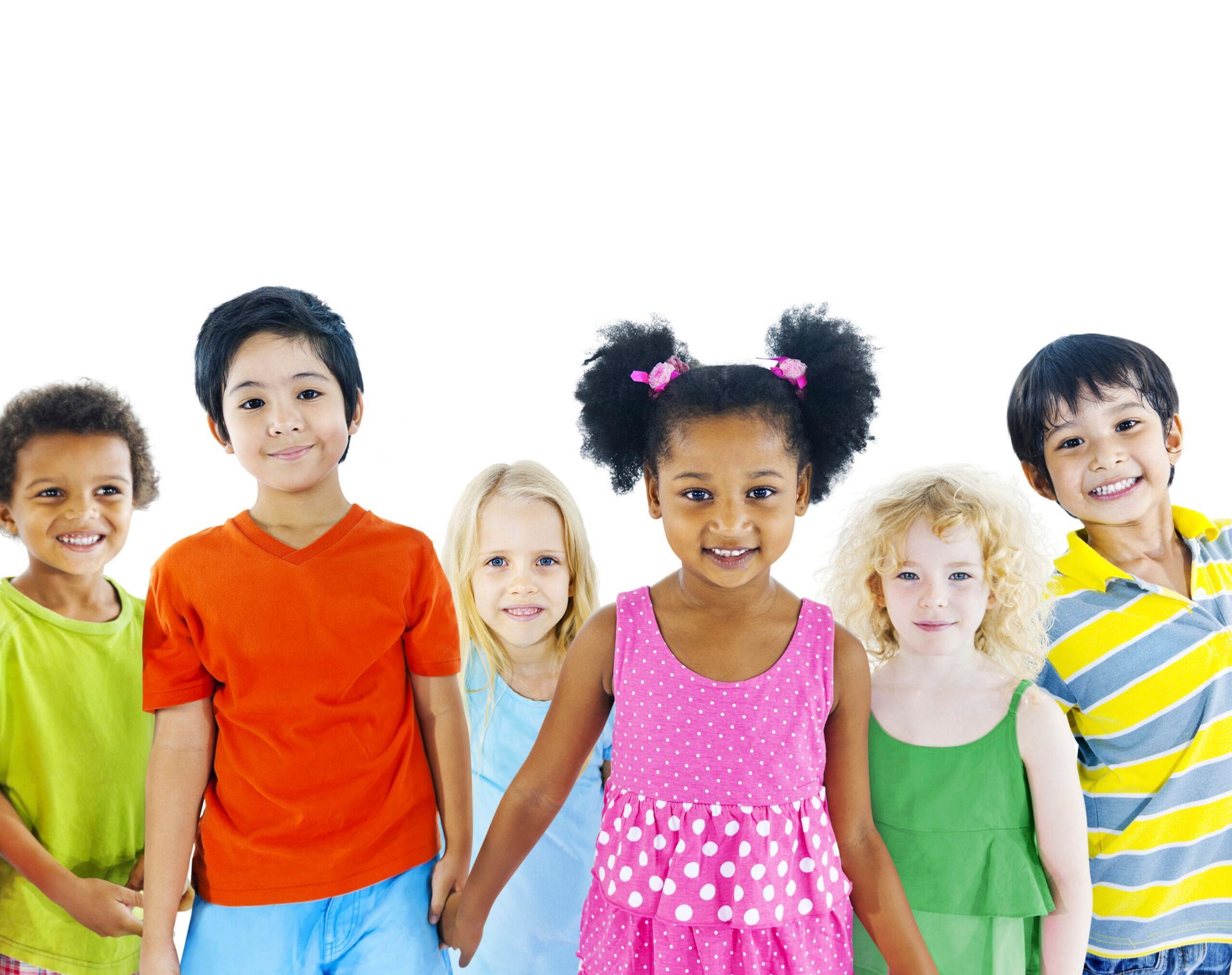
All children need to learn to be proud of who they are and who they will become. They need to learn that all people are deserving of respect and kindness. They need to experience the truth that it is not ok for others to insult, humiliate or degrade them. They need to know that different doesn’t mean better or worse, just different.
At every age there are things we can do as parents to raise children who are respectful, open minded and willing to stand up to injustice. These conversations may not be comfortable, but they are necessary.
EARLY CHILDHOOD
In the early years of their children’s lives, parents must lay the groundwork for who their children will become and how they learn to think about and interact with others. Children are not born with hate in their hearts. They aren’t born racist, but they aren’t born color-blind either. It is important to acknowledge differences and to do so with respect, curiosity and acceptance rather than with valuations that one group is better than another.
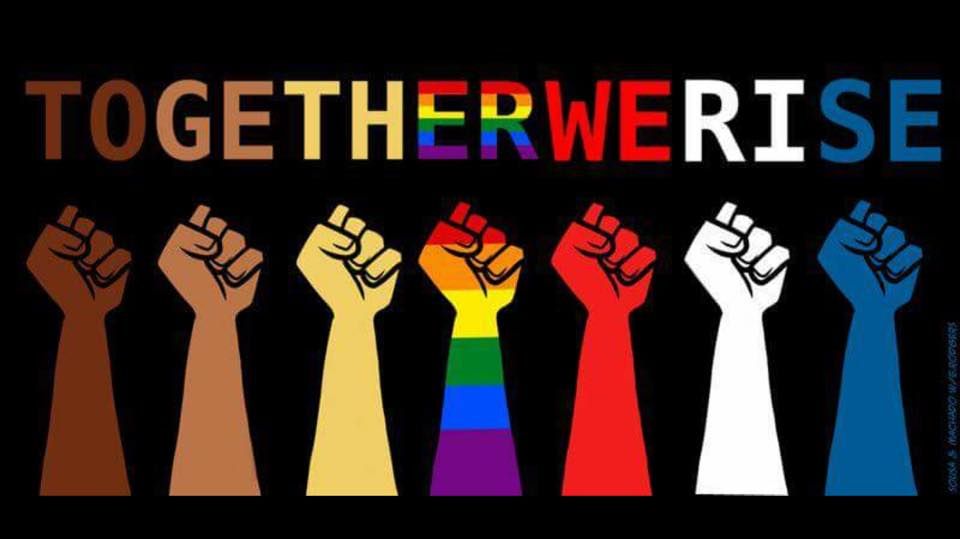
Children need to be exposed to diversity. Seek out opportunities to interact with people who don’t look
or live like the members of your family. Explore different cultures together by eating the foods, listening to the music and reading the stories. Talk about ways that groups of people are the same and ways they are different.
Young children don’t need a formal “talk” or lecture about racism. They will learn more from the example set by the words and actions of their parents and the other people in their daily lives. When racism comes up, parents need to be prepared to talk openly and matter-of-factly about it. Name it for what it is. Call it out as inappropriate. Clarify how you would prefer your child to act. For example, you might say something like, “It’s not okay to do that. That hurts people. We use our words to solve problems.”
Don’t try to hide your emotions from your children. Chances are if you’re distressed, worried, angry or feeling other strong emotions your child will notice. Think about how scary it is for a young child to see mommy or daddy upset, maybe acting different than usual, staring at their phones and no one is telling them why. If you don’t explain, young children are likely to conclude that they are the cause of your distress. Show your child that you have strong feelings and show the healthy strategies that you are using to cope.
SCHOOL-AGE CHILDREN
Throughout this phase of life children are acutely attuned to what is fair and what is not fair. It is possible to have meaningful conversations with school-age children about injustice and people being treated differently because of their appearance or their background.
Let your child’s questions and comments be your guide. Answer their questions as honestly and straightforward as you can. Encourage your child to describe his or her feelings and help to find accurate names for those feelings. Ask your child how he understands what he’s hearing or seeing.
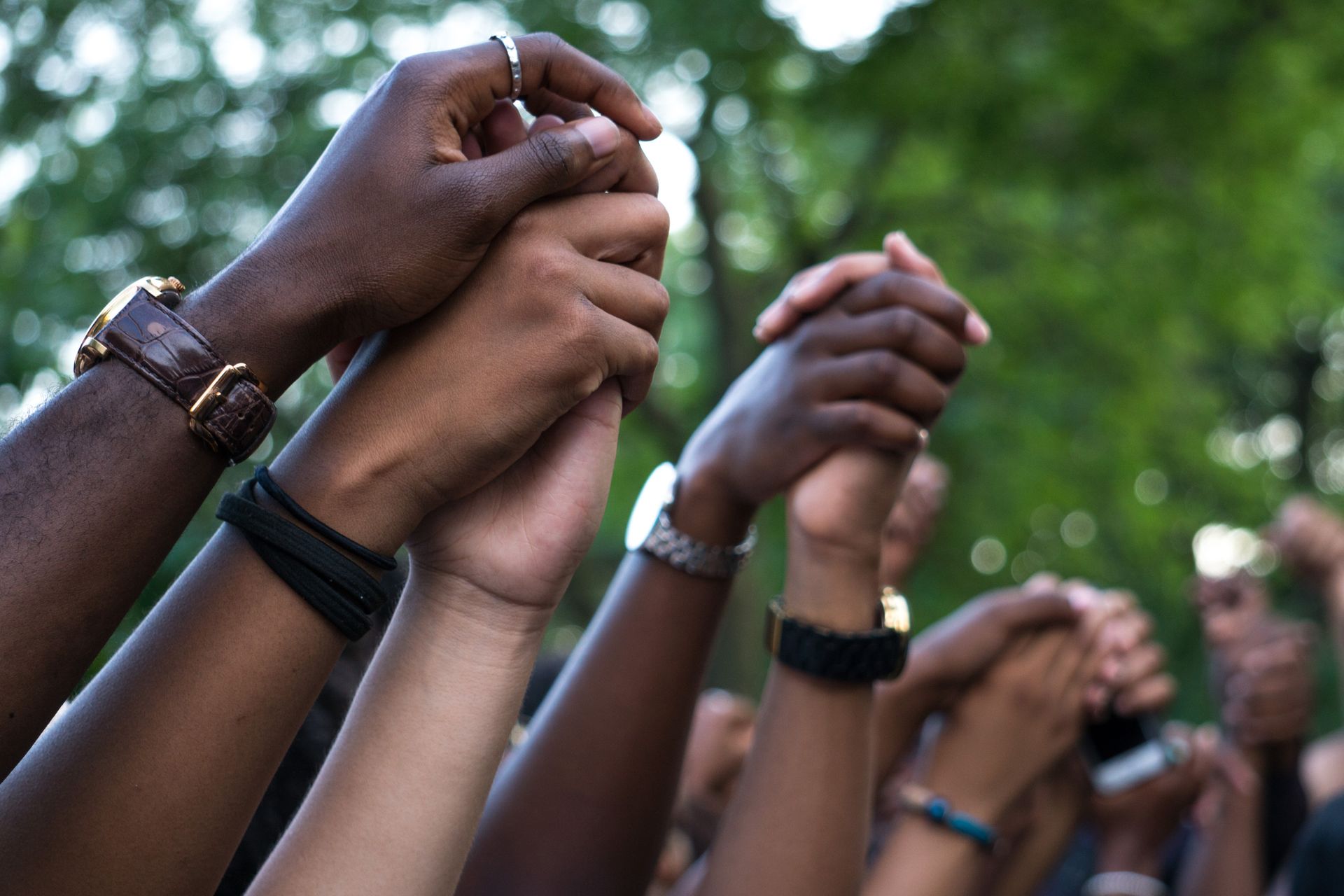
Resist the urge to downplay and minimize. Sometimes it feels easier or safer to reassure a child that “things like that could never happen here.” Racism is everywhere. Violence can happen anywhere. Instead, validate the feelings that your child is expressing and offer reassurance that there are some people who are safe and trustworthy and are working hard to make things better.
School-age children sometimes misunderstand what has happened. Often they get partial information and fill in the blanks for themselves, but they don’t always make accurate assumptions when they do this. Sometimes they hear misinformation from their friends or other unreliable resources. It is important to clarify things by providing children with accurate information. If you don’t know about something, it is okay to admit that you don’t know. Look for information together and demonstrate how to carefully choose reliable sources from which to get your facts.
TEENS
One of the main tasks of adolescence is to begin distinguishing one’s identity and values from those of one’s parents. As a part of this process, teens will try on a variety of styles of dress, manners of behavior and types of speech. If you notice your child using biased speech or stereotypes in person or online, talk to them about it. Encourage them to explain their views and beliefs to you. Then take a turn explaining your beliefs to them. Let them know that you are not in agreement and let them know why.
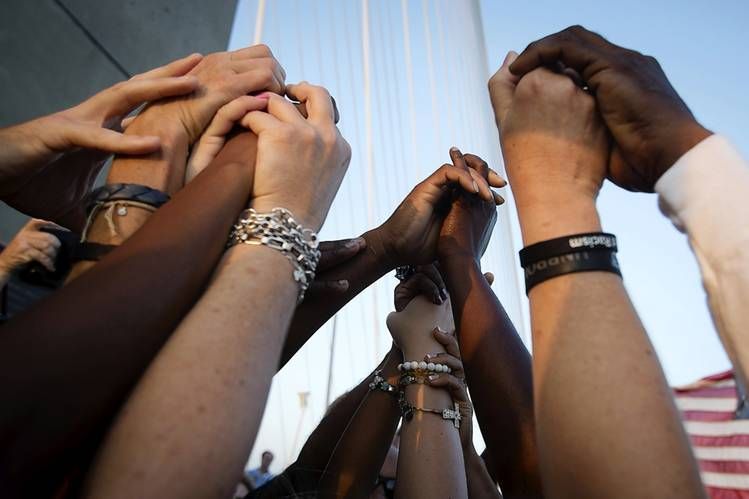
Remember that teens often fail to see the full complexity of things. As a parent, your job is to help your child to complicate her thinking. Help her to see nuances and complexities that she’s not appreciating. Present facts that she might have overlooked.
Taking action offers a sense of control. When confronted with injustice and discrimination, teens may feel compelled to do something about it. Help your child to find appropriate ways to make a stand. Some possible ways to do this include:
- Making a point to do something kind for another person every day.
- Contacting legislators and public officials about making or changing laws to be fair and to correct injustice.
- Participate in a peaceful protest.
- Be an ally by standing up to people who use racist behavior or words in front of you. Let them know that you don’t agree and that their words/behavior is unacceptable.
- Educate yourself about racism, privilege and how to be an ally.
If you or your teen is struggling with thinking of ideas for what to do, consider this question: what would you want someone to do if it was you or someone you love being degraded, beaten and killed? - That’s what you should do.
The most important thing parents can do in raising their children is to be the kind of people they want their children to become. “Do as I say, not as I do” doesn’t fly. It doesn’t work. Children need to witness their parents acting and speaking with respect, compassion and understanding toward all. They also need to see their parents speaking up when someone else is speaking or behaving in a racist manner.
It is not enough to passively disapprove of racism. We must be active participants in fighting the continuance of racism, a stance known as anti-racist. We must confront people when they repeat a racist stereotype, correct them when they use offensive language and call them out when they tell a racist joke. Deciding to “let it go” when someone engages in racist language or behavior in front of us allows the racism to continue. We must always be mindful of the words we use, the assumptions we make and the impact we have on those around us.
It may be tempting to think, “I didn’t start this. It isn’t my fault.” While that may be true, you can be part of the solution. By starting now, with every child, teen and adult, we can turn the tide toward building a more respectful, inclusive and safer community for everyone.
This blog post is written by C&A's Trauma Program Manager Mary Kreitz. If your child is experiencing stress and anxiety during the protests relating to race relations or if you as a parent are struggling with how to help your child, please call 330-433-6075.
RECENT POSTS
